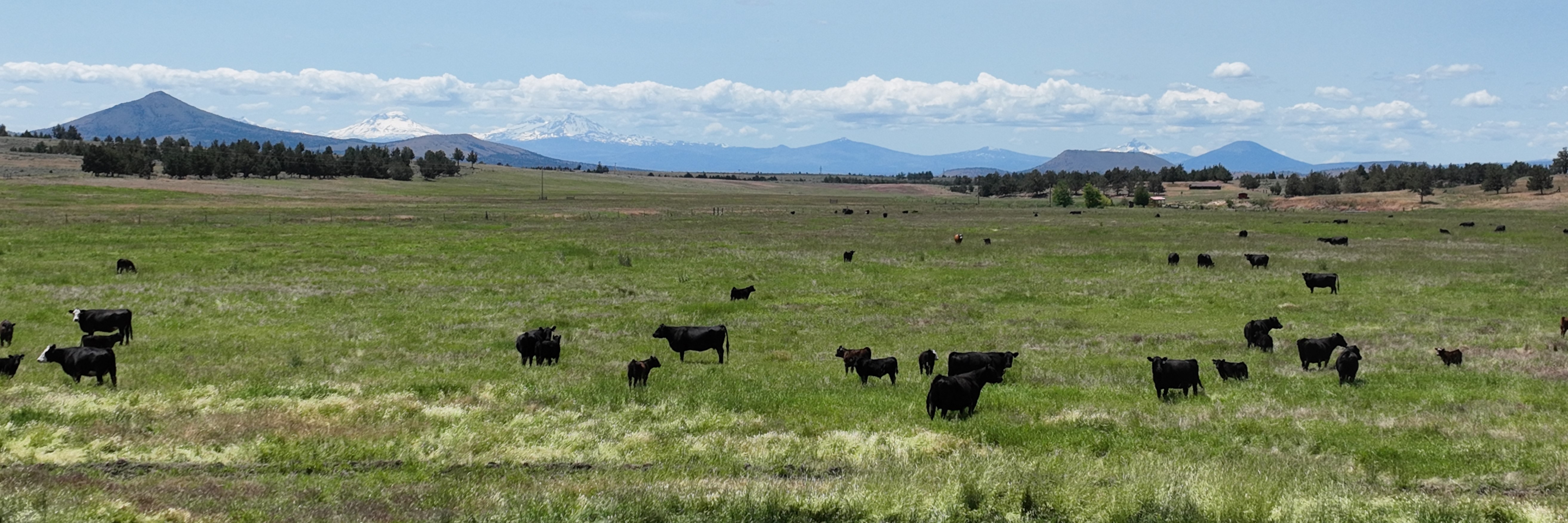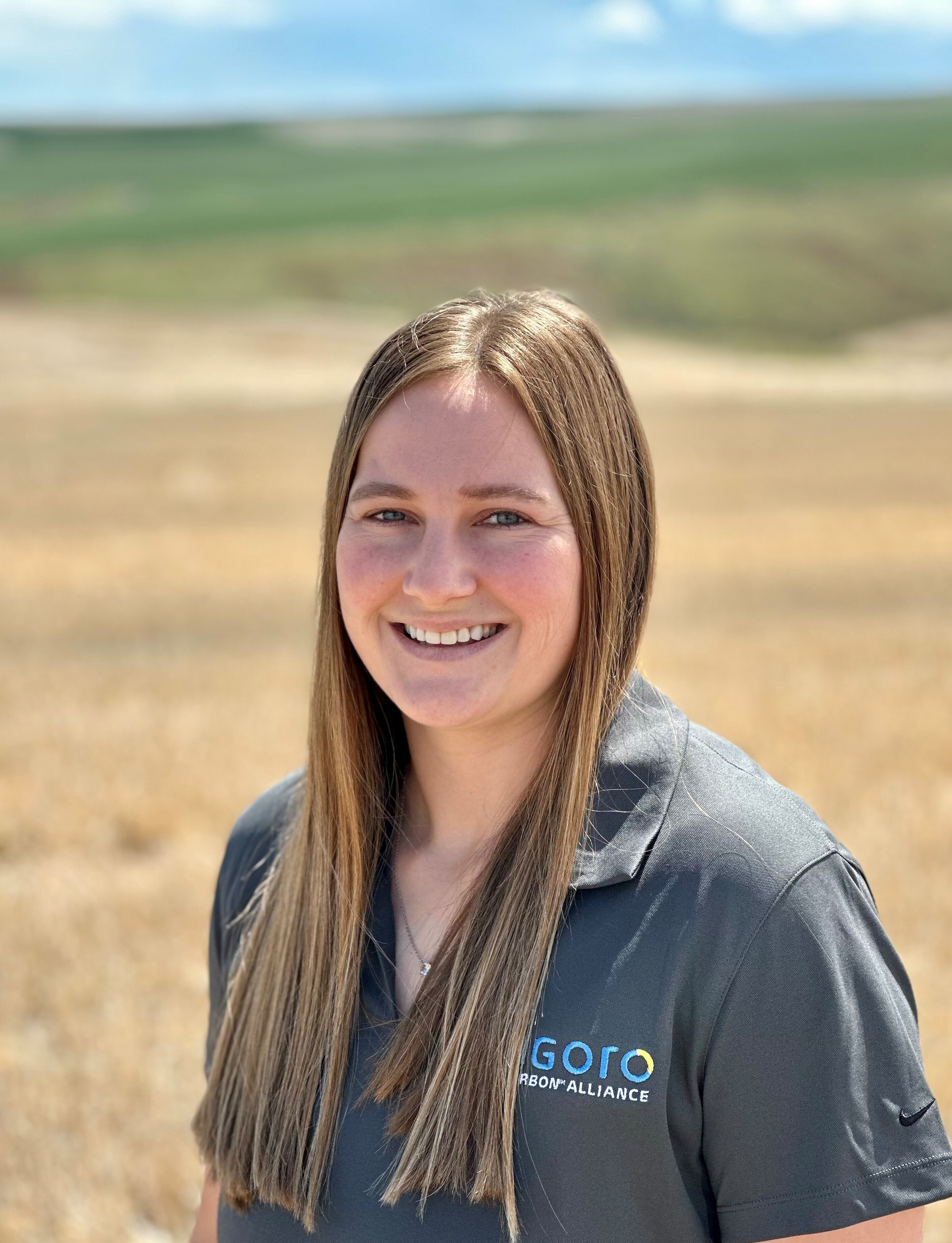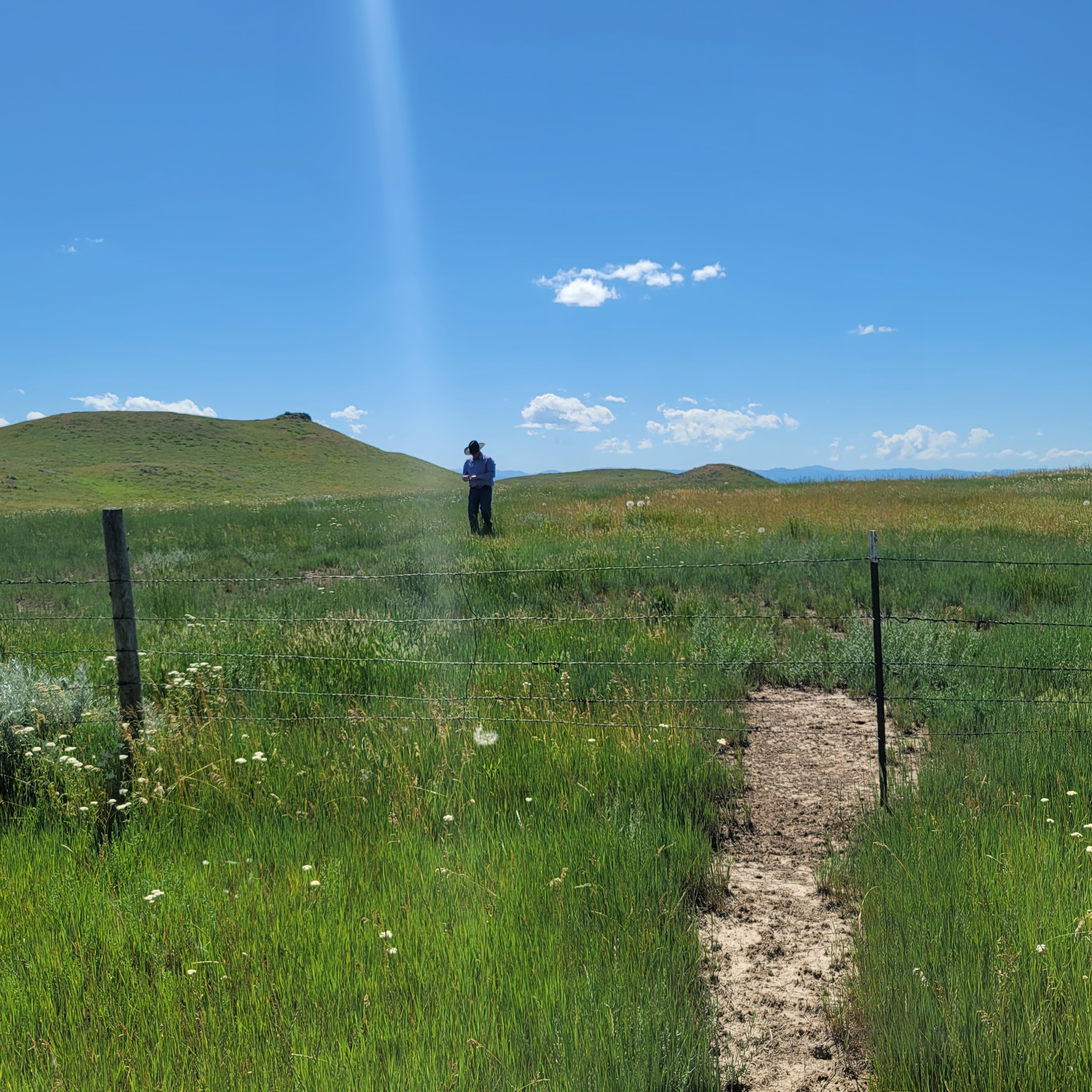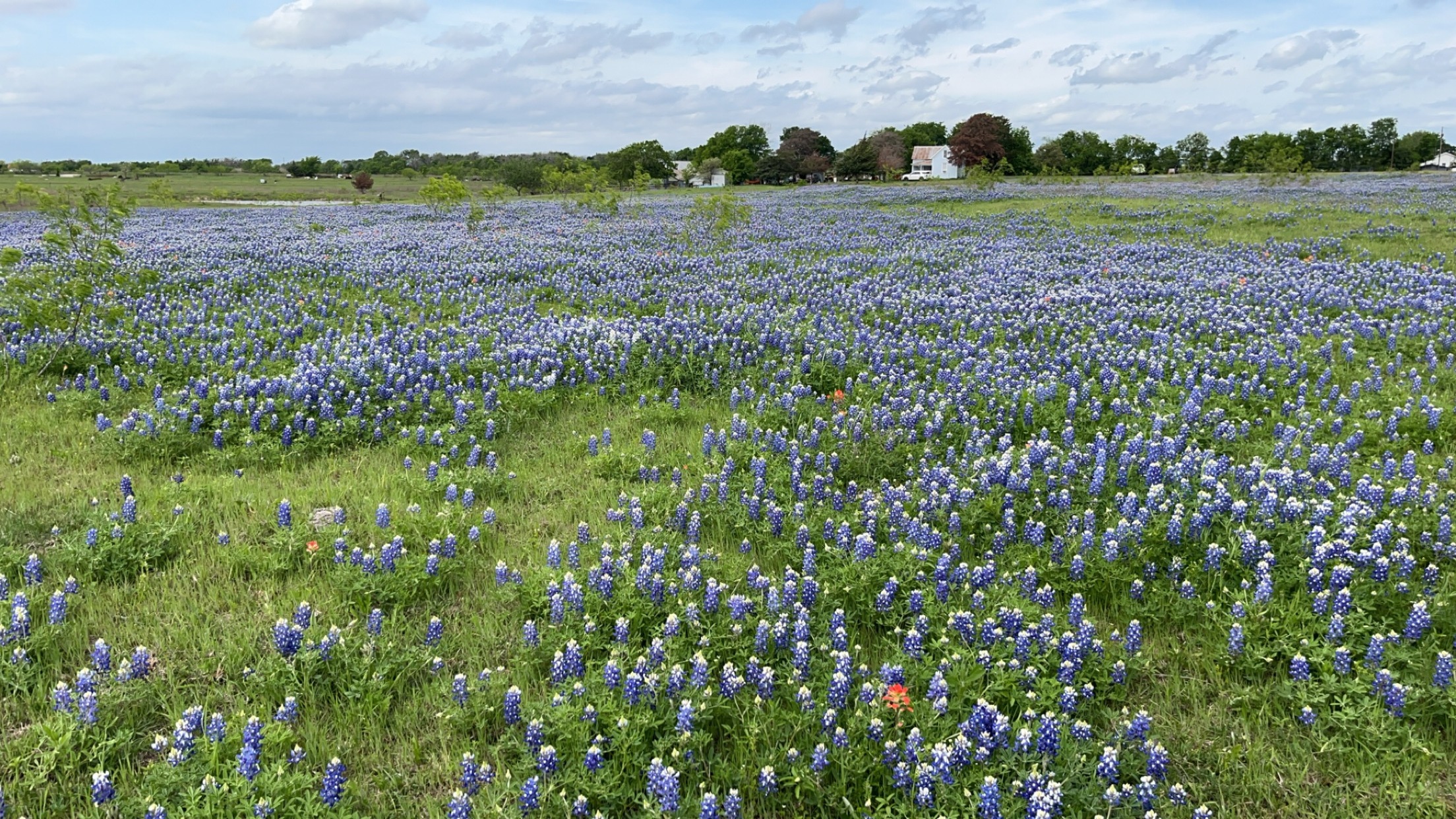What are the range and pasture carbon cropping practices in the Pacific Northwest (PNW)?
Agoro Carbon Alliance offers three practices for range and pasture ground participants. These regenerative actions can generate carbon credits for PNW ranchers:
- Improved grazing
- Seeding
- Fertilization
Let’s define each of these conservation practices and then dive into what a carbon program with these practices would look like in the PNW region and how these practices sequester carbon. The Pacific Northwest is an area that stretches from Washington state, to the southern Oregon and eastern Idaho state borders.
Improved grazing is a practice that has a lot of options depending on your operation and current grazing program. The purpose of improved grazing is to allow the grass timely rest and practice efficient forage utilization that leaves adequate biomass after grazing for that critical regrowth stage.
Seeding requires at least one new species to be seeded on your piece of ground. There are lots of options we can use in this program, but the idea is to add biodiversity and more biomass.
Fertilization is as simple as it sounds, fertilizing ground that has not historically been fertilized. Fertilizer is a costly input that often doesn’t get to range and pasture ground that is most often low in Nitrogen.
What does a carbon program look like in the PNW landscape?
Improving grazing options are endless, but here are some of the most commonly seen tactics. Splitting pastures into smaller sections/paddocks and moving animals between those smaller pieces to create fenced rotational grazing. This can be done with permanent fencing or temporary options like hot wire. You can also think about moving water and mineral sources to different areas of the pasture. This will encourage the animals to utilize pieces they may not normally frequent. Or simply moving animals between existing pastures more frequently than you have been in the past.

Seeding in the PNW is not often traditional range drill seeding, although this is a great option if it works for your landscape. If your ground is unsuitable for that, we have had great results with broadcast seeding, via ground rig or airplane in the late fall. Ideally right around a snow event and the freeze/thaw cycles that will help push that seed into the ground. With the help of your local seed companies and extension agents, we can determine what species would be best suited to add. This is a good opportunity to diversify what you have while also addressing pasture maturity and nutritional value.
Fertilizer can be applied with the seed, especially in the broadcast method. The same effects of water moving it into the profile and freezing and thawing apply here as well. Increased forage production is the main benefit with fertilization, but you may also see increased plant vigor and increased crude protein within the plants. It’s important to pay attention to your stand and what plants you have when fertilizing. If you fertilize an area with undesirable plants, you may cause an increase in these plants at the expense of your desirable plants. This is another reason seeding and fertilization go well with one another.
How do these practices sequester carbon?
First off, what is carbon sequestration? Carbon sequestration is the process of capturing and storing carbon dioxide from the atmosphere. The idea is to stabilize carbon in solid and dissolved forms so that it doesn’t cause the atmosphere to warm. The process shows tremendous promise for reducing the human “carbon footprint.”
Improved grazing is all about plant growth and root systems. Perennial grasslands are great at carbon sequestration. These grasses have deeper root systems and will store more carbon deeper in the soil profile. Allowing for adequate biomass left after grazing is critical for the regrowth and sustainability of that plant stand. Above ground biomass is typically resilient up to 50% utilization. The root system tends to follow this but can be even more sensitive than above ground material. By decreasing stocking rates and leaving fifty plus percent of above ground material we can improve root systems and plant regrowth which improves microbial activity and soil organic carbon.
Seeding and fertilizing in a carbon program sequester carbon in similar ways. Seeding adds a new species to your rangeland and fertilizing improves the health of the species already there. Both of these add more biomass and roots. This is an important step in soil health by increasing ground cover, improving soil structure and water infiltration to make your ground more resilient and productive.
Range and pasture programs are incredibly customizable to fit your unique PNW operation. There are endless possibilities and combinations of practices to effect real change on your ground while improving soil health.



